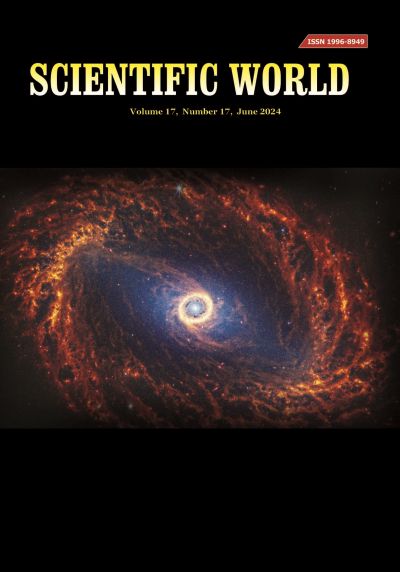Activated carbon derived from coffee waste as supercapacitor electrode material
DOI:
https://doi.org/10.3126/sw.v17i17.66416Keywords:
Activated carbon, Supercapacitor, Waste coffeeAbstract
Activated carbon prepared from waste coffee (seed powder) was investigated as a potential low-cost electrode material for supercapacitors. Energy Dispersive X-ray Spectroscopy (EDS) of the activated carbon detected the presence of a high amount of carbon (~93.9%) and oxygen (~5.2%). X-ray diffraction (XRD) analysis indicated the presence of graphitic carbon whereas Raman spectra showed a slightly greater content of amorphous carbon than graphitic carbon. Nitrogen adsorption-desorption isotherm of the activated carbon revealed that most of the pores in the activated carbon were micropores. The dominant pore width calculated from the Density Functional Theory (DFT) and Brunauer-Emmett-Teller (BET) surface area of the activated carbon were measured to be 1.61 nm and 825.5 m2g-1, respectively. The electrochemical characterization was performed by cyclic voltammetry and galvanostatic charge-discharge test in 3 M KOH electrolyte. The activated carbon electrode obtained a specific capacitance of 113.81 F g-1 at 1 A g-1. Thus, activated carbon from waste coffee could be a promising low-cost electrode material for supercapacitors.




